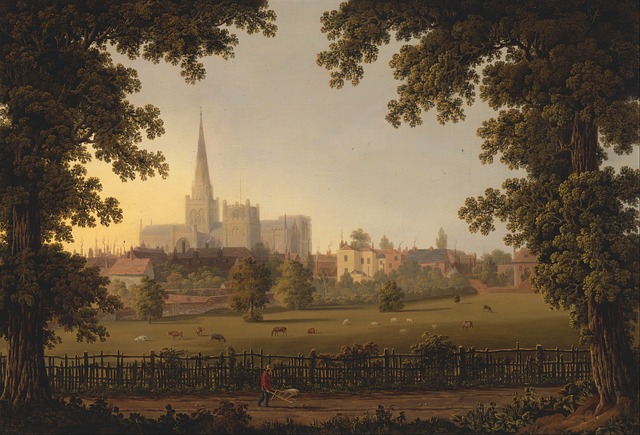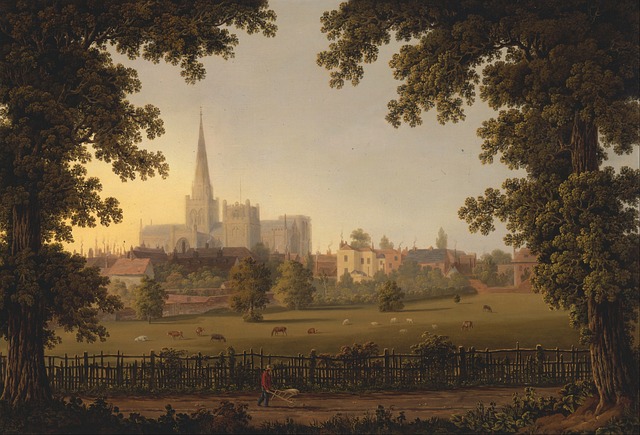Parks, trails, and agritourism are key real estate assets enhancing livability, boosting mental health, increasing property values, and promoting sustainable rural communities. These features attract buyers, foster community engagement, and meet growing demand for nature-immersive living, with developers strategically integrating them into project plans.
In today’s digital era, real estate developers are looking beyond traditional amenities to create vibrant, desirable communities. Integrating parks, trails, and agritourism experiences into real estate development is a growing trend that enhances property value while fostering connection with nature. This article explores how these outdoor spaces not only attract buyers but also contribute to the overall well-being of residents, making them essential considerations in the dynamic world of real estate.
Integrating Parks and Trails into Real Estate Development

Parks and trails play a pivotal role in enhancing the allure and value of real estate developments. Integrating these natural amenities into urban planning can significantly impact the overall livability and desirability of a community. By incorporating well-designed parks and scenic trails, developers can create vibrant spaces that foster outdoor recreation, improve mental health, and boost property values.
This strategic integration involves thoughtful planning to ensure these green spaces complement the surrounding infrastructure. Developers can collaborate with landscape architects and urban designers to craft landscapes that seamlessly blend natural beauty with modern amenities. The result is a harmonious environment where residents can enjoy recreational activities, connect with nature, and appreciate the scenic beauty, all while increasing the market appeal and long-term sustainability of real estate projects.
Agritourism: A Growing Trend in Rural Landscapes

Agritourism, a harmonious blend of agriculture and tourism, is increasingly becoming a sought-after experience in rural areas. This emerging trend is transforming the way visitors interact with the countryside, offering them an authentic glimpse into agricultural life. From farm stays to guided tours showcasing sustainable farming practices, agritourism provides an educational and immersive journey for urban dwellers seeking a break from city life.
The appeal of agritourism lies in its ability to revitalise rural communities by diversifying local economies through Real Estate offerings that cater to nature-loving travellers. It encourages visitors to connect with the land, fostering a deeper appreciation for agricultural heritage while also promoting environmental stewardship. As urban populations continue to grow, agritourism experiences in scenic landscapes offer a unique escape, bridging the gap between modern life and traditional rural practices.
Enhancing Property Value through Outdoor Amenities

In today’s digital era, where folks are increasingly seeking solace in nature, outdoor amenities have emerged as powerful tools to enhance property values in real estate. Parks and trails not only provide recreational opportunities for residents but also boost the overall appeal of a neighborhood. Homebuyers are drawn to areas with well-maintained green spaces, scenic walking paths, and agritourism experiences, recognizing their potential for relaxation, exercise, and community engagement.
These amenities contribute to a sense of place and community, increasing property desirability and, consequently, value. The presence of outdoor attractions encourages social interactions, fosters a healthier lifestyle, and enhances the overall quality of life, making properties in such areas more attractive to potential buyers or renters. Real estate investors and developers are increasingly acknowledging this trend, prioritizing the integration of parks, trails, and agritourism elements in their projects to capitalize on the growing demand for nature-immersive living.






